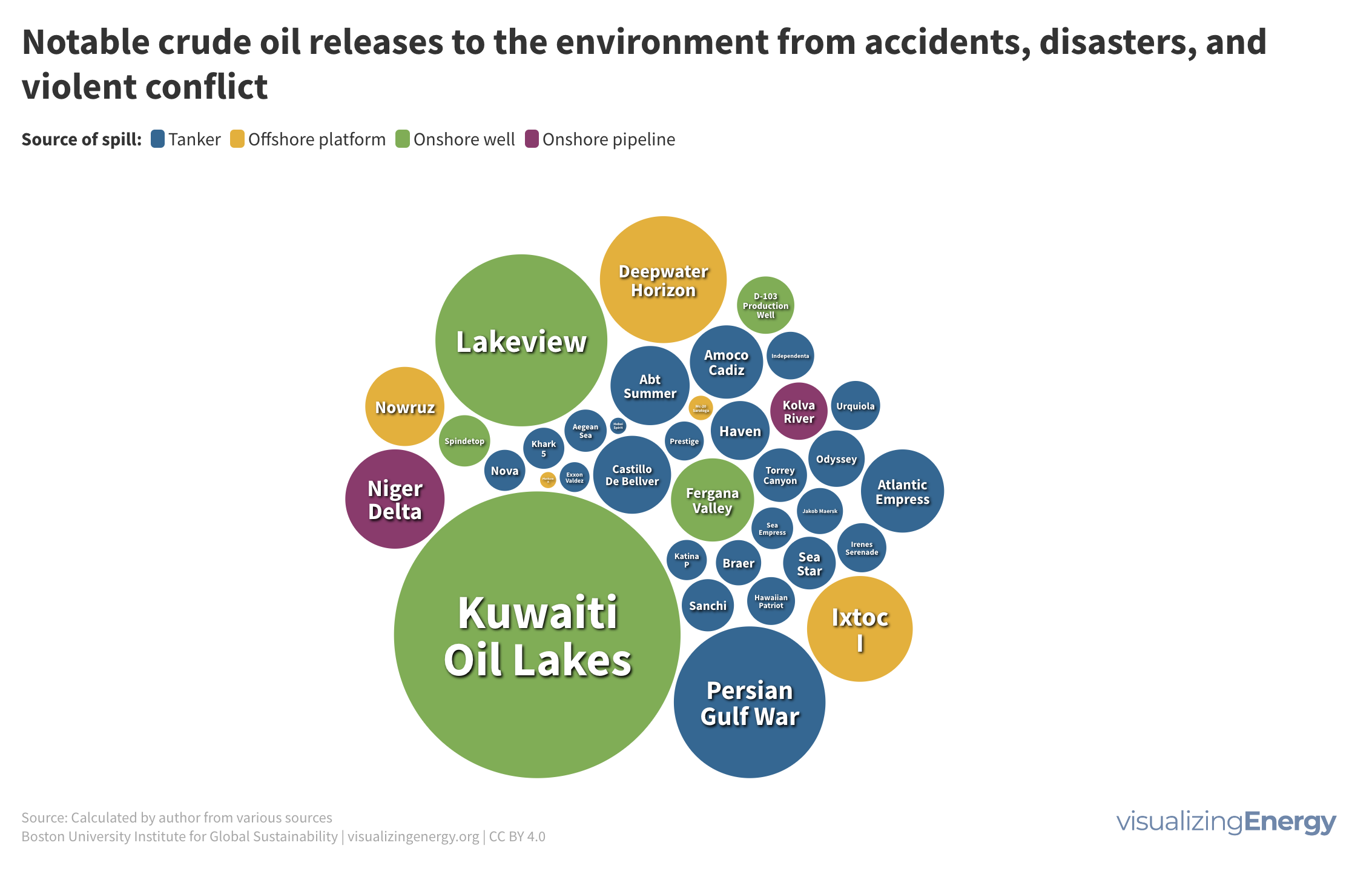
Oil spills: when, where, how big?
Since the birth of the modern oil industry in the late 19th century, tens of millions of wells have been drilled, and upwards of 1.5

Since the birth of the modern oil industry in the late 19th century, tens of millions of wells have been drilled, and upwards of 1.5
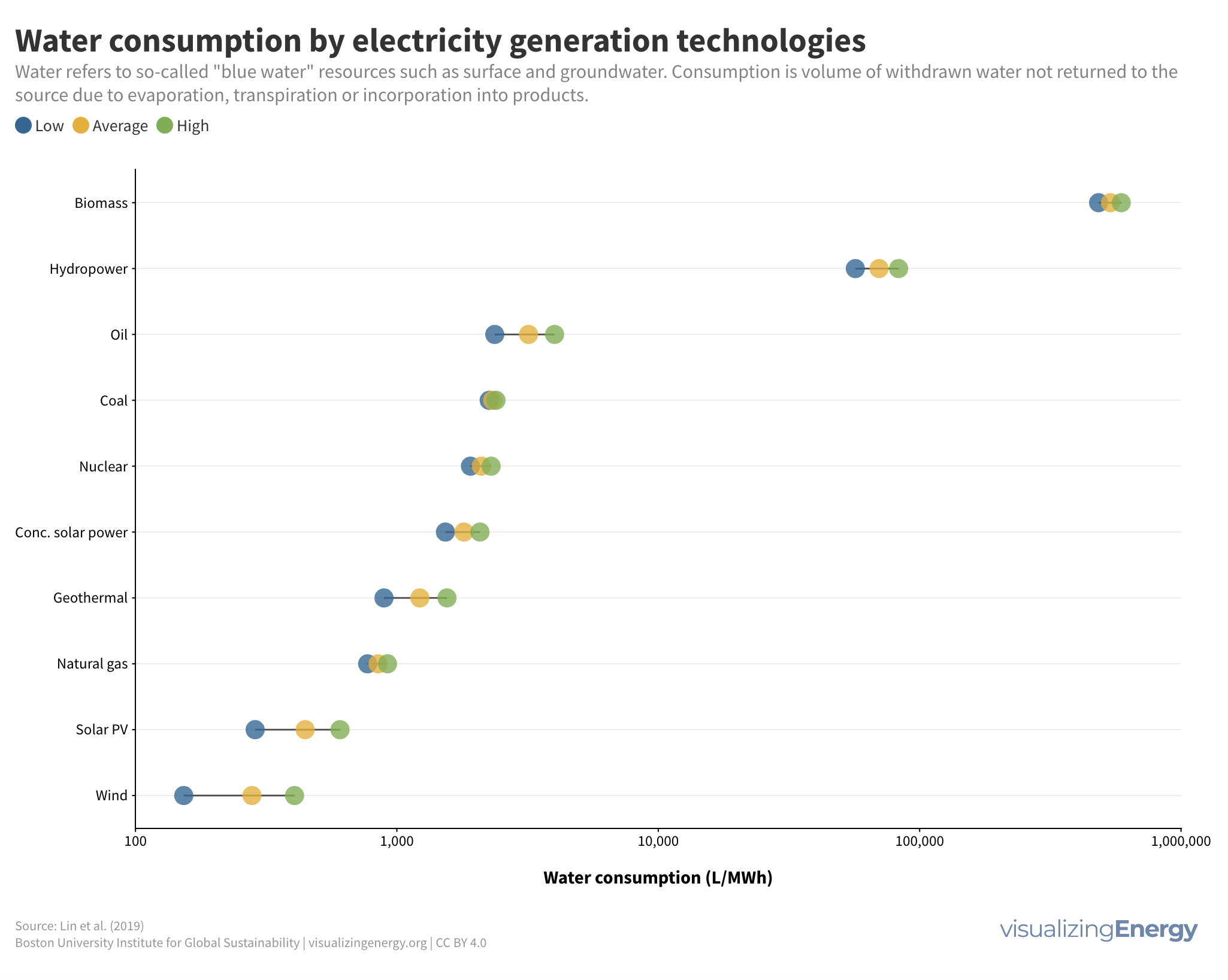
In the twentieth century, global energy use grew tenfold, and global water use grew sixfold. Population growth and rising affluence are expected to drive continued

Anthropogenic carbon dioxide emissions increased from about 9,000 kilotons in 1750 to approximately 36 million tons in 2022—a 4,000-fold increase. Economic growth and the shift to fossil fuels that accompanied the Industrial Revolution drove this rise in emissions. Between 1850 and 1900, there were only two years in which emissions did not increase from the previous year.
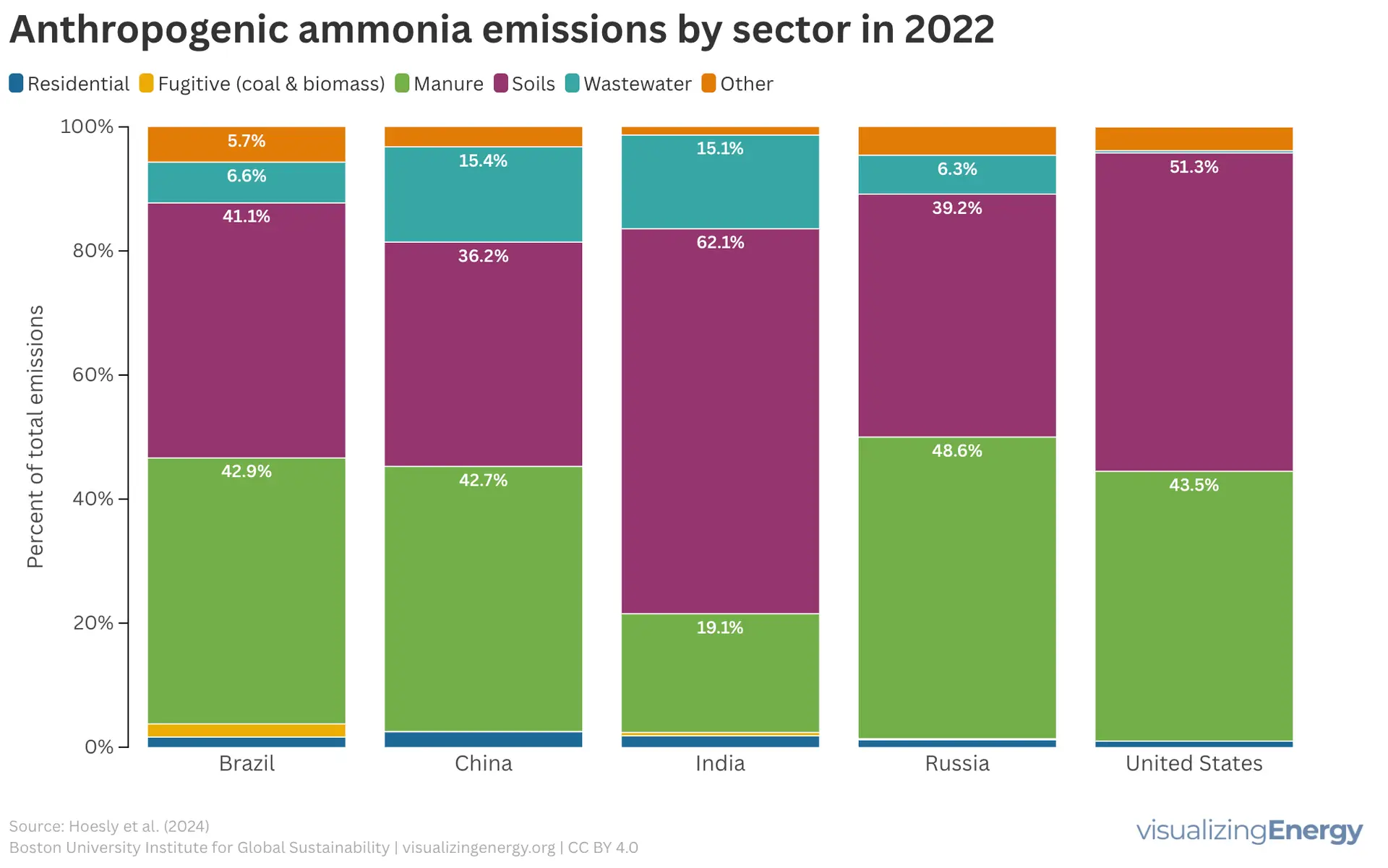
Ammonia (NH3) feeds and pollutes the world.1 The synthesis of ammonia underpins all nitrogen fertilizers, and without their applications it would be impossible to feed,
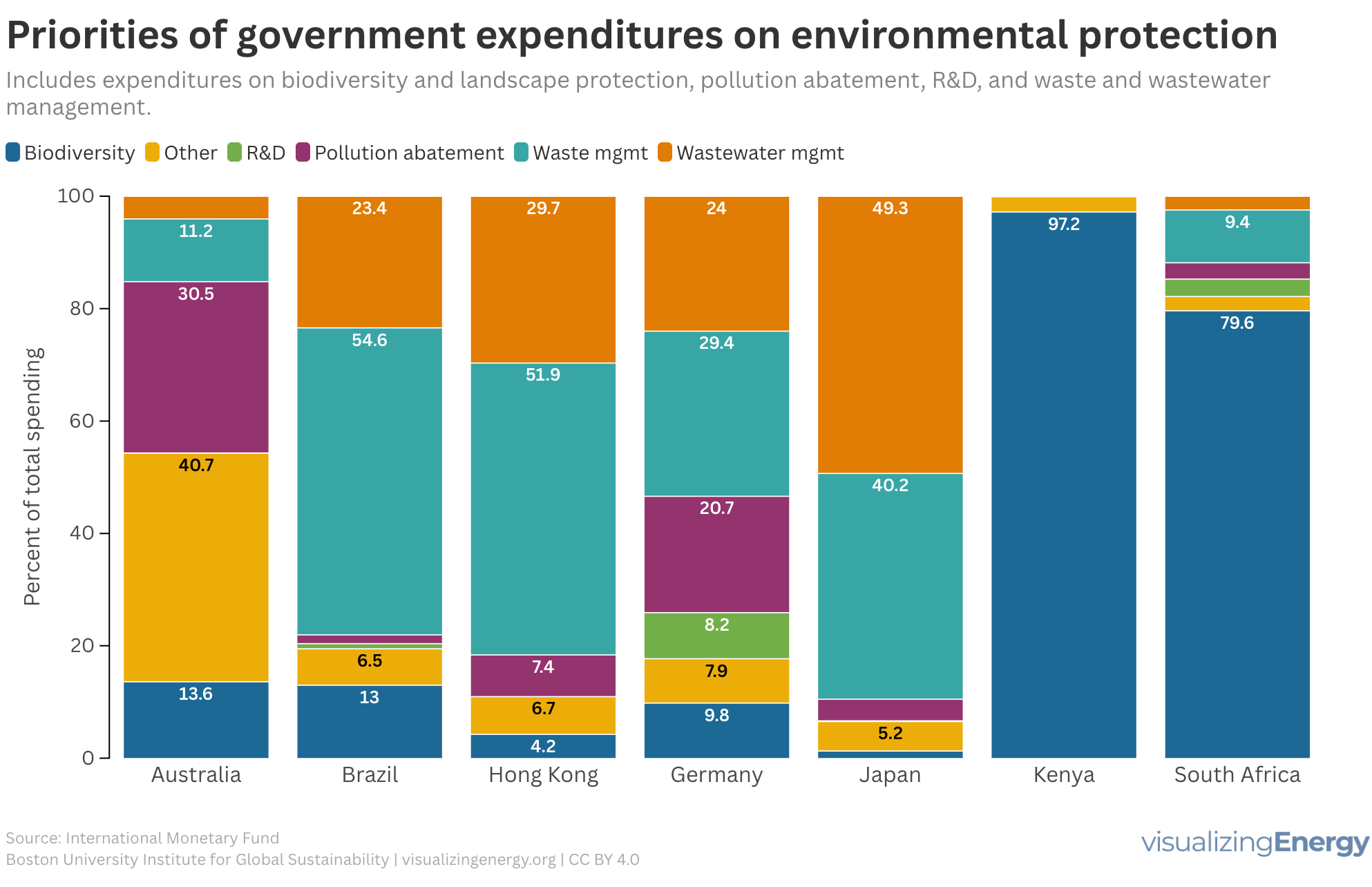
National governments began spending on environmental protection in the late 19th century, escalating after World War II due to pollution concerns. Key legislation emerged worldwide, including Japan’s 1967 law and the U.S. Endangered Species Act. In 2023, EU spending on environmental protection totaled €142 billion, highlighting diverse national priorities in tackling environmental issues.
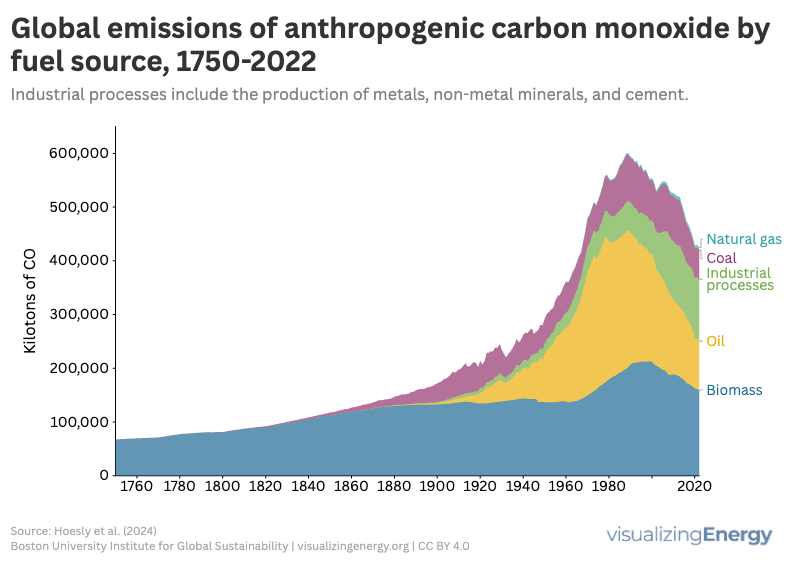
Carbon monoxide (CO) is a toxic, colorless gas from incomplete combustion of fuels, leading to potential health hazards like headaches and confusion. Residential sources produce significant CO emissions, impacting 2.4 billion people reliant on biomass. Globally, emissions peaked in 1989, but have since declined due to regulations and technological advancements in combustion efficiency.
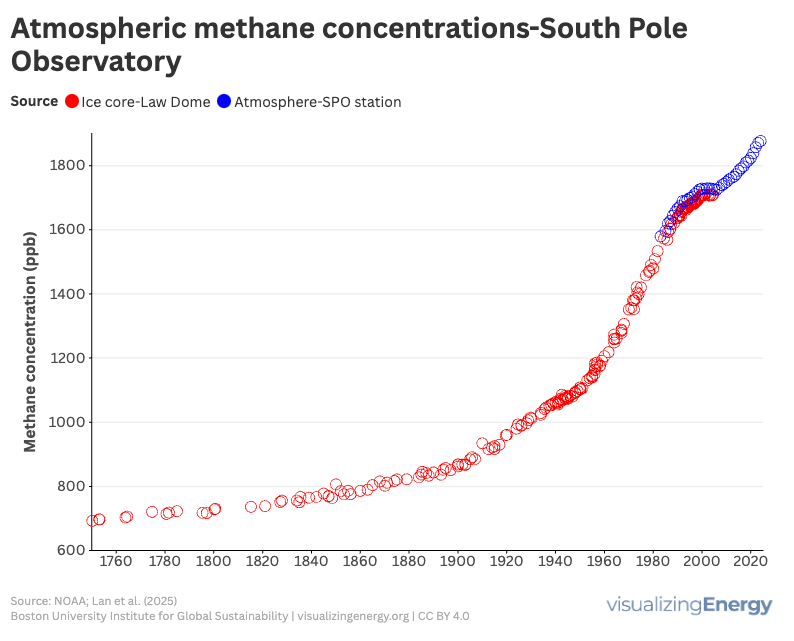
Methane is a potent greenhouse gas that has about 30 times the impact on global warming per unit mass compared to carbon dioxide over a
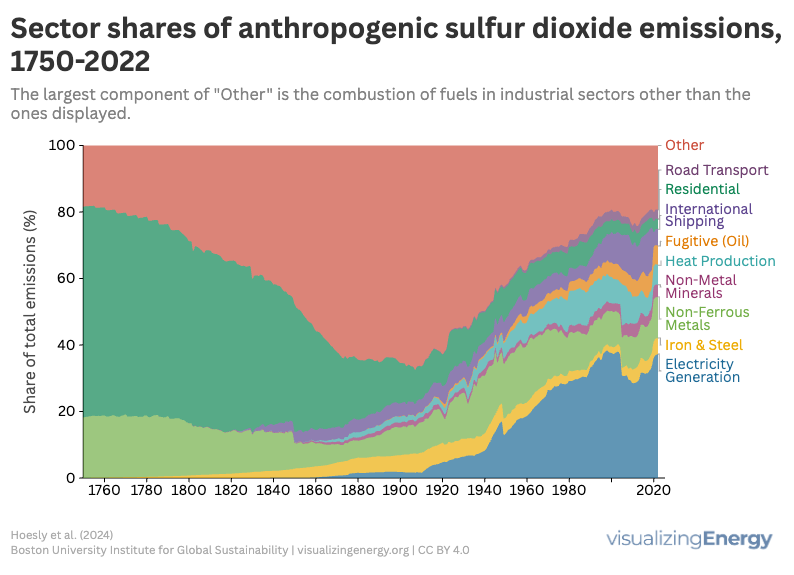
Sulfur dioxide (SO₂) is a major air pollutant produced from burning sulfur-containing fuels. It poses health risks, including respiratory issues and links to heart disease, while harming the environment by contributing to acid rain. Emissions have significantly decreased due to regulations and technology, but global reliance on fossil fuels continues to impact levels.
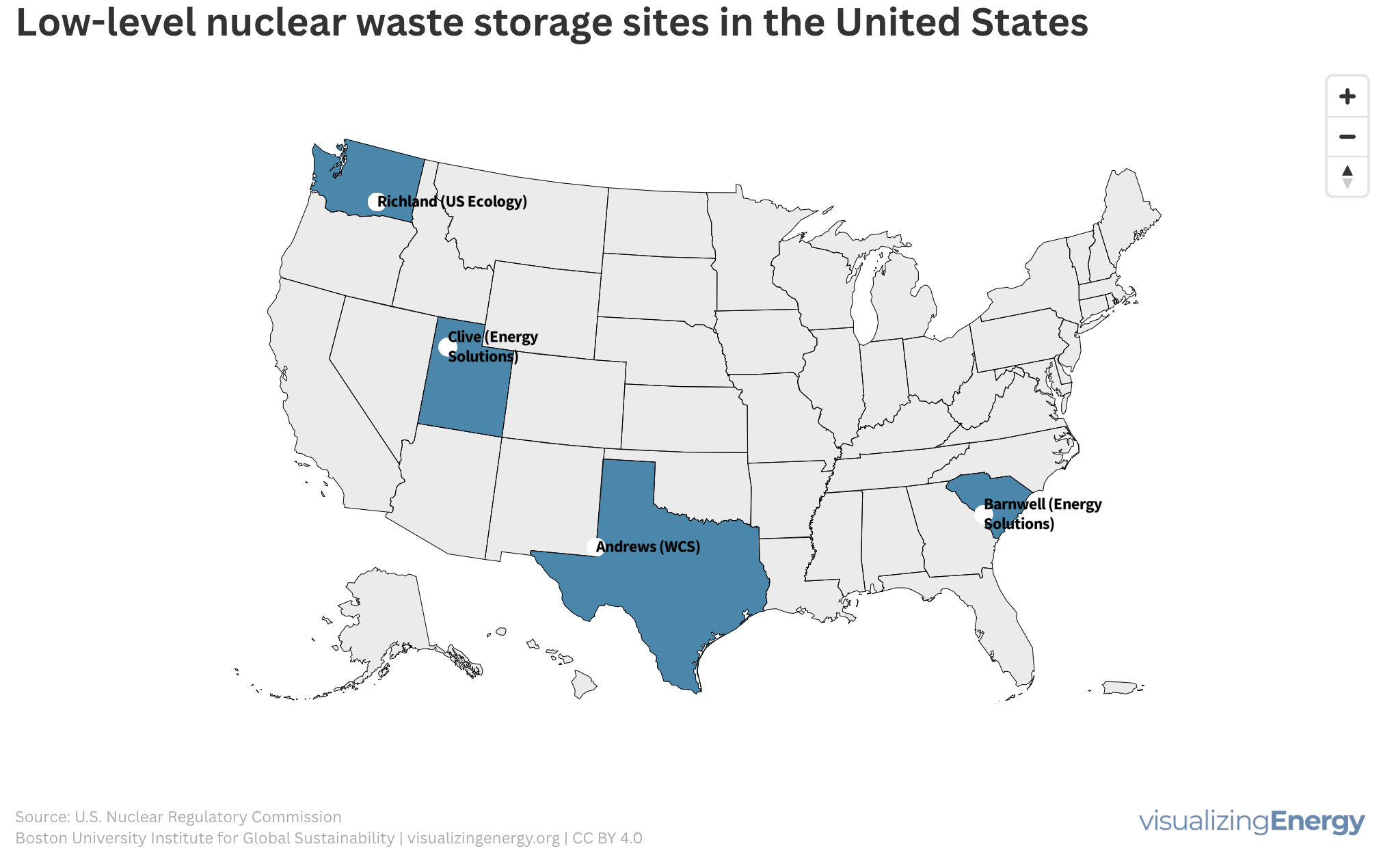
Low-level radioactive waste (LLW) is produced by various commercial operations and the U.S. Department of Energy. It includes contaminated materials like clothes, tools, and medical supplies. LLW is typically stored on-site until it decays or is shipped to disposal sites, regulated under the Low-Level Radioactive Waste Policy Act of 1980.
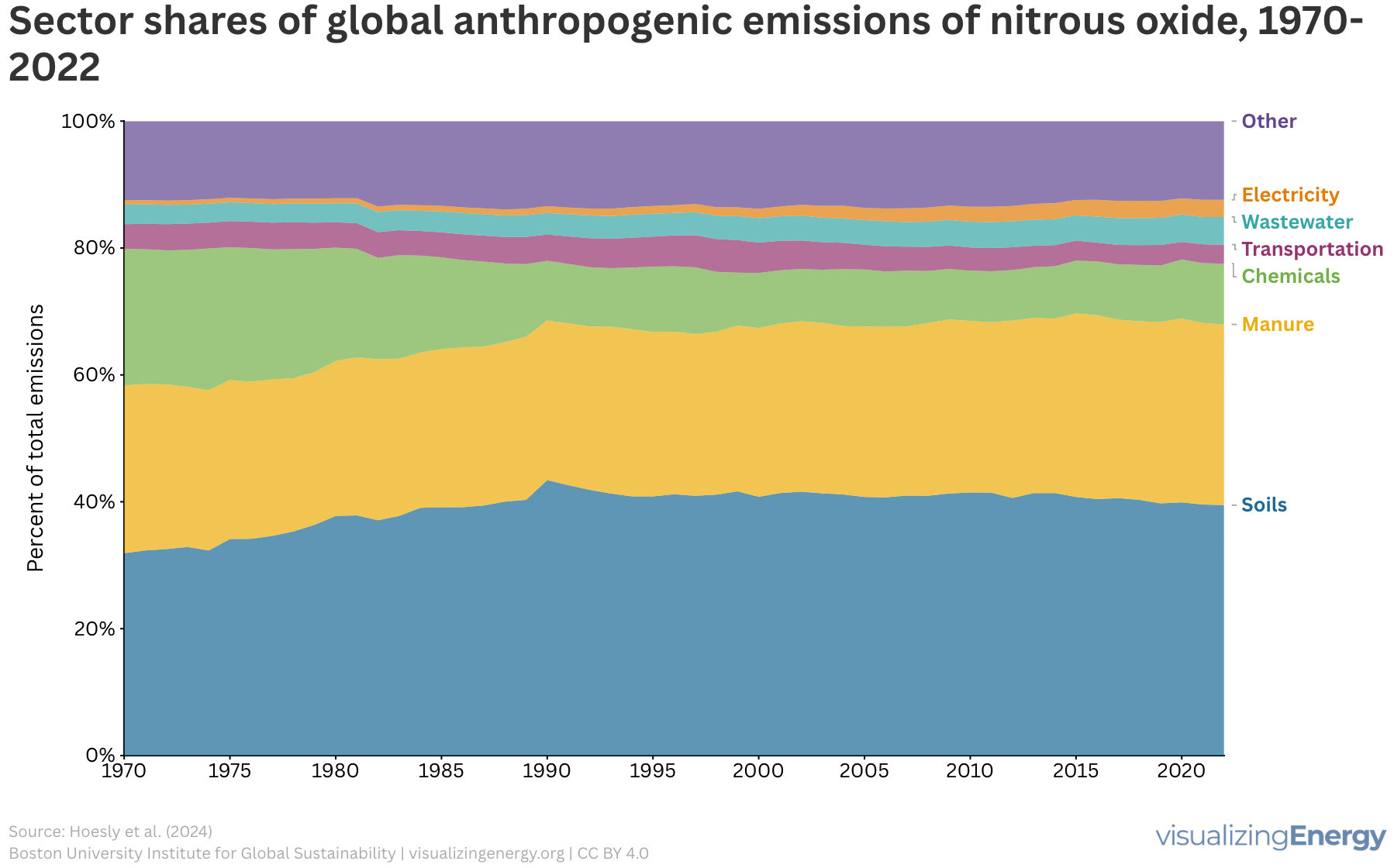
Nitrous oxide (N2O) is a potent greenhouse gas that contributes to climate change and ozone depletion, with human activities significantly increasing its emissions since the 1970s. Key sources include agricultural practices, livestock manure, and industrial emissions. Action is necessary across sectors to mitigate N2O emissions and improve nutrient management strategies.